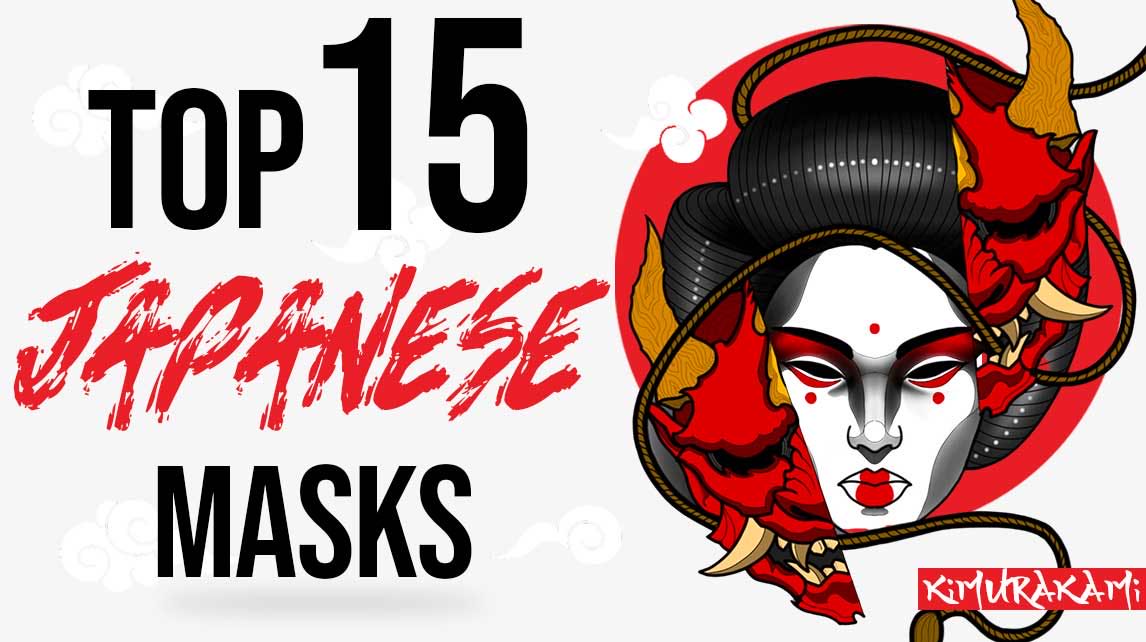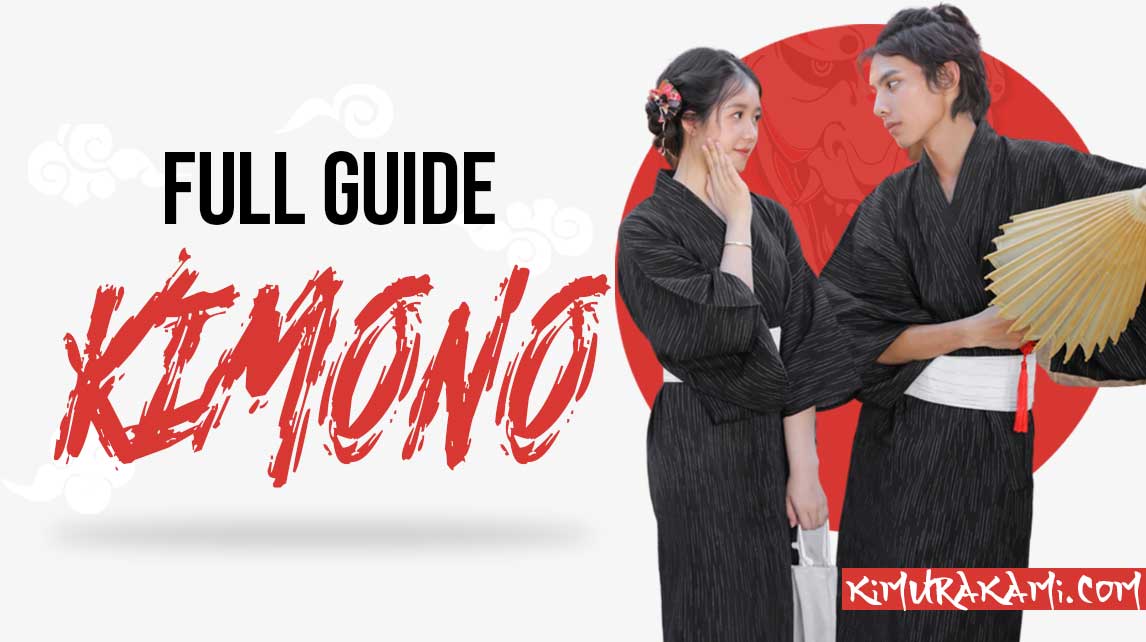You don't know what kagura is? Would you like to learn more about Japanese art? Especially live art like theater?
You are on the right page.
If you have come this far, it is because you have an interest in the culture of the land of the rising sun. We understand you, as it is so rich and fascinating.
You are on the right page.
However, its richness can also be a handicap because it can quickly become incomprehensible. Japan has a culture that is full of codes and customs that are not obvious and natural to our Western ways of thinking. Theater is no exception.
Kagura is a form of traditional theater that takes its inspiration from Japanese myths whose dance and music performances are dedicated to the gods of Shintoism.
If this article has piqued your curiosity, feel free to discover the origins and history of No Theater!
But, as you will discover, kagura is much more than that and the whole purpose of this article and to decipher for you the universe of this particular form of theater.
Kagura definition

First and foremost, kagura is a form of traditional Japanese theater as Kabuki can be. But it differs in several ways, such as the fact that it depicts dramatic stories, where kagura tells mythological tales.
Kagura which literally means "entertaining the gods" is a sacred Japanese dance and music ritual dedicated to the Shinto gods. These rituals, whose roots probably predate those of noh, were based on Japanese mythology and were performed during Shinto religious ceremonies.
Since ancient times, it has been performed at regional festivals as a prayer ceremony of thanks for agricultural harvests and to ward off natural disasters.
Performances usually address a simple theme that could be summed up as gods eliminating demons. These simple stories of gods defeating demons are based on myths.
They come from a variety of sources.
They would stem from a religious belief that demons were the cause of droughts and floods and that, through prayer, the gods could defeat these demons.
Kagura dance origins

The origin of the kagura is not precisely known, but it is said to originate in the story of Amano-Iwato, which is one of the myths described in the Kojiki. Written about 1,300 years ago, the Kojiki is a Japanese collection of myths, legends and semi-historical stories often involving battles between gods and demons. It is the oldest historical document in Japan.
In this story, Amaterasu Okami, the sun goddess locks herself in a cave following a deception by her brother ∫, casting upon the world, then, only coldness, gloom and desolation.
First called kamukura or kamikura, kagura were originally sacred dances performed at the imperial court by shrine maidens (miko) who were supposed to be descendants of the goddess of dawn and cheerfulness: Ame-no-Uzume.
It was the latter who was said to be responsible for Amaterasu's exit from her cave, leading the other gods in a wild dance that intrigued Amaterasu and made her come out to see what was going on. Thus, she allowed the return of the sun, the seasons and the agricultural crops.
Kagura theater history to our present day

Over time, however, these mikagura, performed in the sacred and private confines of imperial courts, have inspired popular Japanese ritual dances, called satokagura. Declined into popular forms, they were practiced in villages throughout the country.
They were eventually adapted to various folk traditions and developed into different forms. These include miko kagura, shishi kagura, and the Ise and Izumo style kagura dances. Forms involving the narration or reenactment of fables, which are also one of the main influences of No.
Spreading throughout Japan, each region gave rise to its own kagura form. In Shimane Prefecture in western Japan, "Iwami Kagura" is a local style of kagura known for its fast pace, colorful costumes, and simple stories from mythology.
Other variants have developed over the centuries, some of which are fairly recent and most of which have become secular folk traditions. Each region has now enjoyed its own form of kagura for many generations.
While today kagura is a form of Japanese entertainment that often takes place in an auditorium or hall, in the past people performed it where they lived and dedicated it to local gods.
Still today, in farming villages, when the rice harvest is over in the fall, kagura is performed on special stages in shrines to show thanks to the gods for the harvest. People gather and watch the kagura all night. In the past, some performances could last up to three days.
Where can you see kagura performances?

There are different types of kagura all over the country and it is impossible to list them all here, as there are so many and sometimes very little publicized. But here are the two most influential places in Japan around kagura.
Shimane
As said earlier in the article, kagura is particularly popular in the prefecture of Shimane, one of the birthplaces of Japanese mythology. There are more than 100 kagura troupes in this prefecture, and the form practiced in the western region is called Iwami kagura, after the ancient name of the region.
Kagura, which was originally a Shinto ritual, has also been a popular form of entertainment for centuries. But, with increasing urbanization and regional changes, kagura rituals began to be gradually lost through lack of transmission to subsequent generations.
It is a form of entertainment that has been popular for centuries.
However, Iwami Kagura has continued to be passed down to evolve and remains very popular in this region. Notable characteristics of Iwami Kagura include fast music and dance, very colorful and beautiful costumes, and simple stories.
In Iwami, there are over 130 active kagura organizations, known locally as Shachu.
Akiotacho
This influence is also found in the northern part of neighboring Hiroshima Prefecture, another kagura hot spot. This area is known as Geihoku, and the type of kagura practiced there is called Geihoku kagura.
Akiotacho, the center of Geihoku kagura, is a town with a population of about 8,800 that was created in October 2004 by the merger of Togouchi with a neighboring town and village.
Each troupe is linked to a shrine, which is the basis of their activities, but there are many other opportunities for them to perform. Such as the lifelong learning festivals and which are sponsored by the local Board of Education.
There are also events in neighboring towns, as well as regular practice sessions, so the sound of hayashikata can be heard all year round in Akiotacho. For the people of the town, kagura is a traditional art that is part of their lives and their souls.
There are 18 kagura troupes in Akiotacho, two of which are for children.
Who practices Kagura?

Usually, kagura is practiced by local citizens who train in the evenings and on weekends. These volunteer groups are invited to perform at local festivals and gatherings.
Historically, it was the Shinto priests who looked after the shrines who were the only ones who could practice kagura. They were exclusively men, and most kagura today are still practiced by men. However, the trend is changing and it is becoming more common to see women performing as well.
Children also love kagura and there are groups especially for them. Some schools even include kagura in their curriculum. Like in Akiotacho, for example, which, although it is a mecca for kagura, was seeing a decline in the number of people joining the troops. This worried the authorities.
However, the children of some members told their parents that they too wanted to practice kagura! Through the efforts of Kono Yoshihisa, the Hongo Children's Kagura Troupe was born. Mr. Kono is now the director of the group, which is affiliated with the Ichinomiyaotoshi Shrine in the city's Hongo district.
Kagura performers can be divided into two categories: maikata and hayashikata.
Maikata dance
They dance wearing elaborate and colorful embroidered costumes (kimono, hakame, kagura mask representing white oni mask demon). They also wear wigs called gasso and masks on their faces, and they talk between dance sequences.
They are the most popular dance styles.
Hayashikata dance
The hayashikata play musical instruments such as the odaiko (a large drum), kodaiko (a smaller drum), chochigane (a type of cymbal) and yokobue (a type of flute).
As you can see, in a kagura, there are on the one hand the "actors", who tell the story by portraying characters, and on the other hand the musicians, who are in charge of setting the sound atmosphere. Also, in this day and age, kagura can be performed by anyone, including children.
A Japanese traditional art that endures among others
You now have an overview of what kagura is and what it represents in the traditional culture of Japan. You know who can practice it and where it is possible to see performances.
But keep in mind that the Japanese culture is incredibly rich and kagura is only a tiny part of it. As proof, just the Japanese theater is full of different trends such as Noh or Kabuki to name a few.









Leave a comment